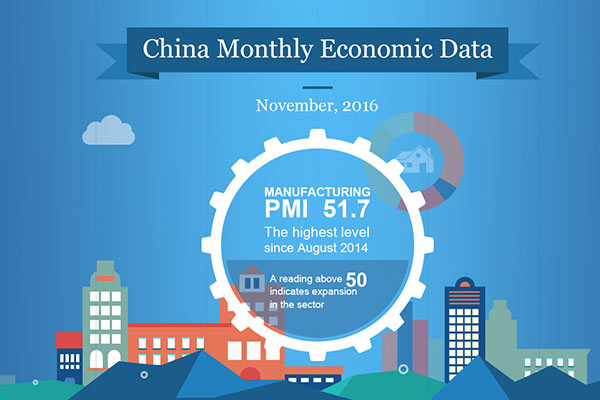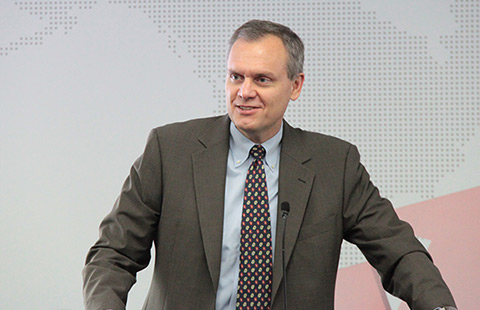Credit risks curbed in high-risk sectors
Credit risks in industries with excess capacity has been digested better than expected by China's major lenders, creating a favorable condition for policymakers to contain risks in the financial system, analysts said.
Bank loan growth to the higher-risk manufacturing, mining and trade finance sectors in China has essentially stalled. And, listed Chinese banks have digested around 10 percent nonperforming loans in the three sectors, according to a recent report by Morgan Stanley.
"The economic structural adjustment and the digestion of bad loans in the industries with overcapacity are better than the market expectation, which has laid a good ground for the regulators to manage risks in the financial markets," said Richard Xu, an equity analyst at Morgan Stanley Asia Ltd.
But, new risks emerge as credit growth has shifted away from the old industries while infrastructure spending, capital markets and government and household borrowing are becoming the new drivers of loan growth in the country.
In particular, borrowing in the capital markets has contributed to China's rising debt since 2012, the report by Morgan Stanley found.
It estimates that credit in Chinese capital markets rose to 15 percent of GDP by the end of 2015 and increased by 5 trillion yuan ($724 billion) in that year, contributing to nearly one-third of the total leverage increase in the country.
The rapid growth in leverage in the capital markets and the recent sharp fluctuations in the bond and commodities markets have caught the regulators' attention. The top leadership has decided that maintaining financial market stability is one of its priorities in 2017.
Xu noted that the structure and pace of China's economic growth has changed to a level that will still generate reasonable credit and capital demand with less deflationary pressure.
"There is no need for monetary policymakers to maintain a too accommodative credit environment and to keep the interest rates too low," he said.
"The task for the regulators is to ensure the money flows into the real economy rather than building up leverage in the financial markets for speculative purposes. We have seen progress of better coordination among various financial regulatory agencies to curb financial risks," he added.
Zhao Yang, chief China economist at Nomura Securities, said that the possibility of high-profile monetary easing such as interest rate or reserve requirement ratio cut is limited as the authorities have become more focused on containing financial risks.
"We believe monetary easing is more likely to be implemented in a low-profile and targeted way such as via credit supply by policy banks," he said in a research note.
- China's credit risk under control as bad loan growth slows
- Local State firms face credit risk
- $743m bank loan supports enterprise transformation
- Promoting Venture Capital Investment Plus Bank Loan Business Model with ClearRegulatory Framework(No.13, 2016)
- Explosive bank loan rise may spark tightening of credit























